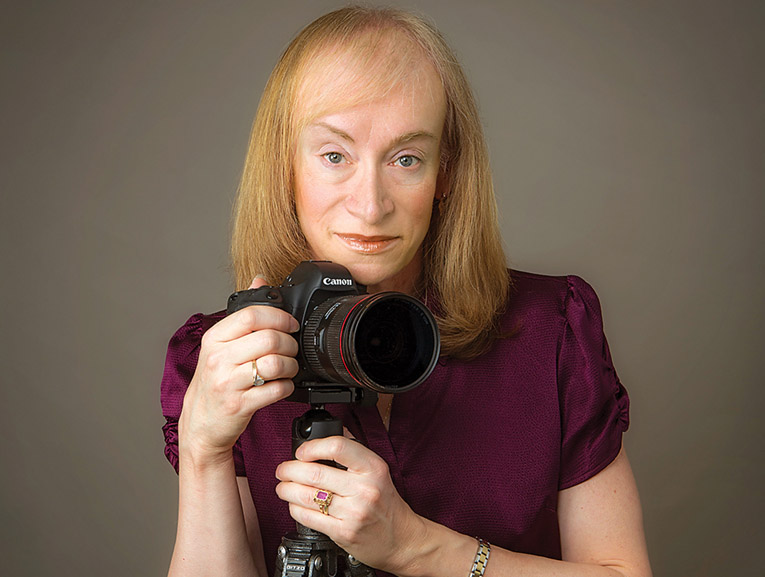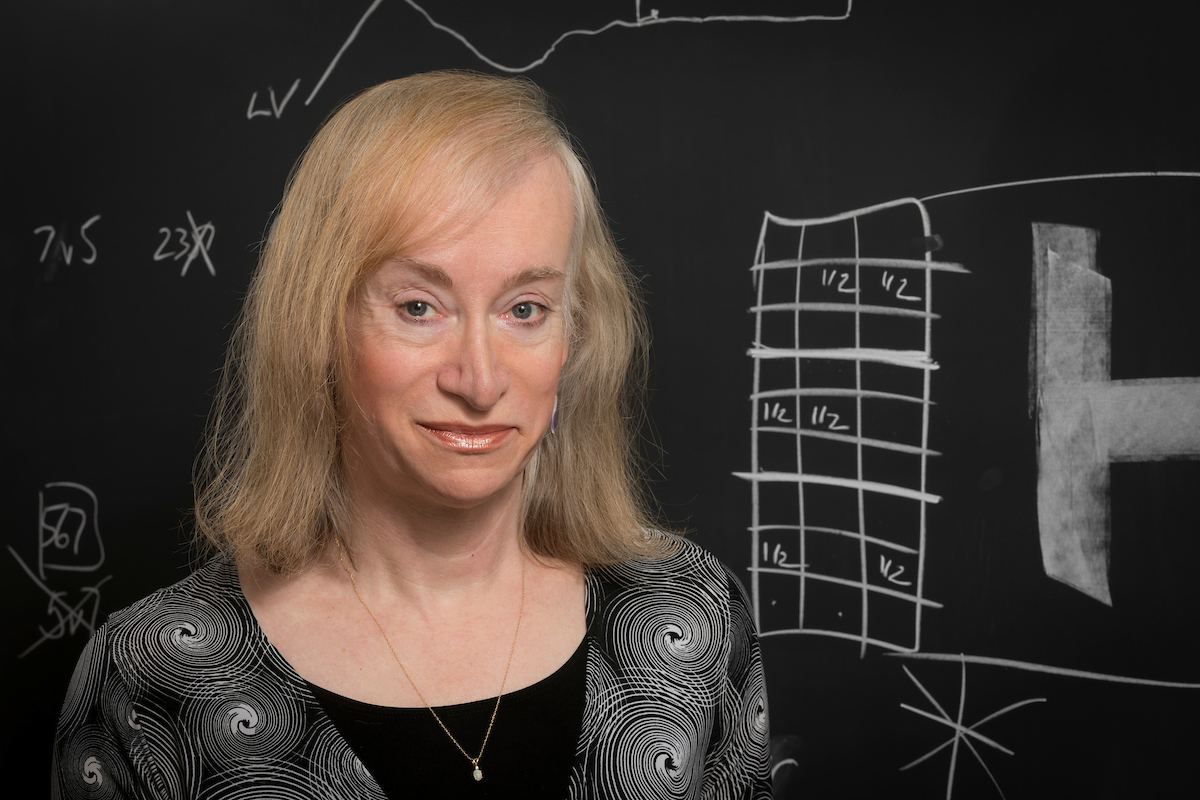Jessica Fridrich | Source | Binghamton University, State University of New York

Jessica Fridrich
I specialize in data hiding applications in digital imagery, including steganography and steganalysis, forensic analysis of digital images (sensor fingerprints), and advanced image processing. My earlier research interests were in chaotic nonlinear dynamical systems and dynamical systems modeling and encryption. I work with a team of my graduate students at Binghamton University. Our research is mostly funded by the AFOSR, NSF, and the AFRL.
-
Spotting the northern lights: The foolproof way to find auroras
A value called Bz indicates how far south the solar wind's magnetic field is pointing, which can predict how likely the northern lights are to occur.
Article -
Hidden digital messages are professor's research passion - Binghamton News
For more than 25 years, Distinguished Professor Jessica Fridrich has studied digital-image steganography — the science of hiding messages inside ordinary-looking photos.
Article -
Specializing in Problems That Only Seem Impossible to Solve (Published 2008)
Jessica Fridrich pioneered a new method for speed solving the Rubik’s Cube, but has since moved on to other obsessions.
Article
-
No one should be able to tell that something is hidden inside when they look at the image or analyze it using sophisticated algorithms. If you can tell that the image has been altered, then the communication system has been broken. You don’t even need to be able to read the message — you are still losing the advantage of the stealthiness.




